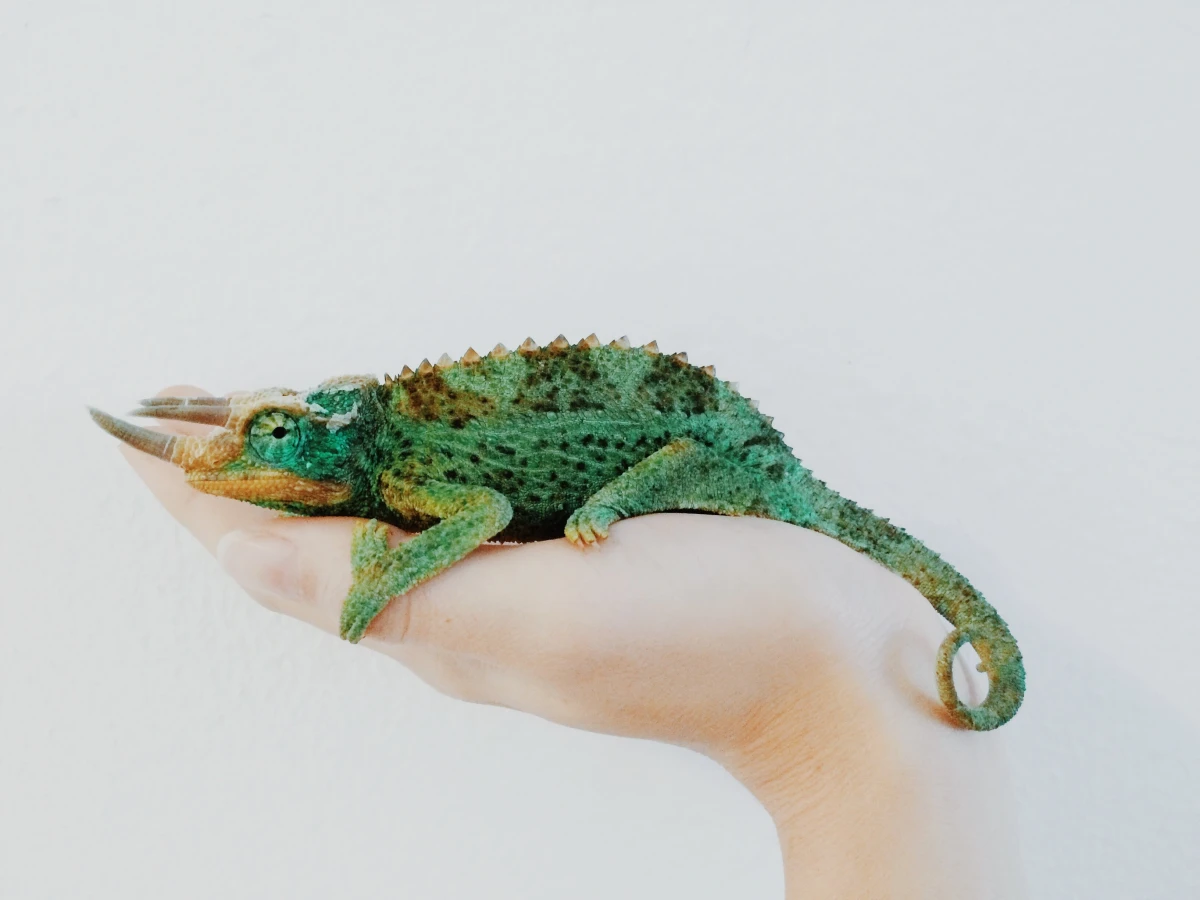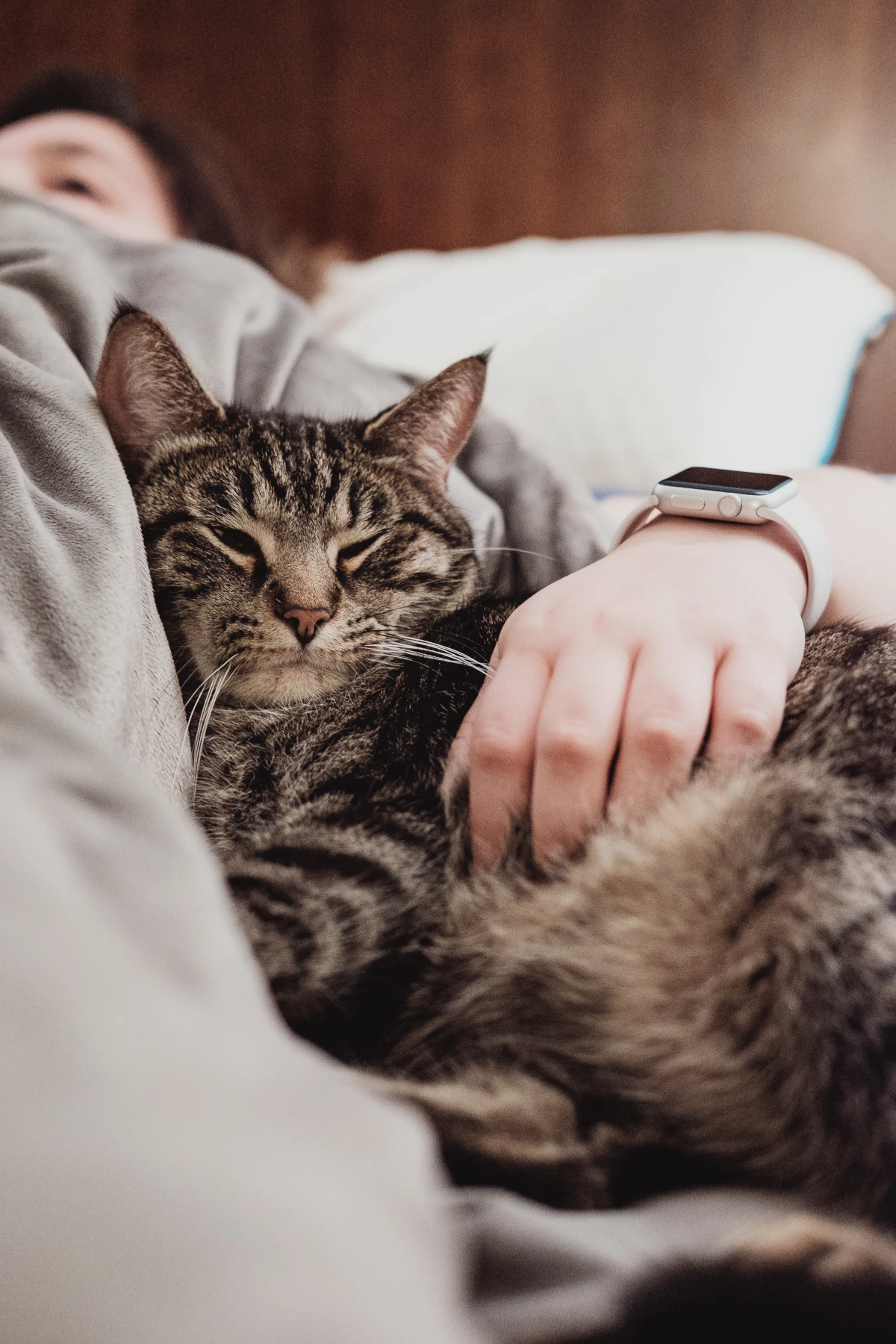More Than a Furry Friend: The Real Health Perks of Having a Pet
I’ve spent decades working with animals and the people who adore them—in busy shelters, quiet vet clinics, and doing one-on-one training in people’s homes. And in all that time, I’ve seen the same story play out over and over. Someone gets a pet because they want a buddy, a friendly face to greet them at the door. But it almost always turns into something so much deeper.
In this article
That special connection we build with our animals can trigger some seriously profound and measurable changes in our own health. This isn’t just a collection of feel-good stories; it’s about real, biological stuff happening inside us. The simple act of stroking your cat’s fur or walking your dog in the park can kick off a positive chain reaction in your body and mind. But heads up, these benefits aren’t automatic. They grow from a true partnership that requires work, commitment, and a lot of understanding from us. When we give that, what we get back is so much more than loyalty—we get a powerful ally for our own well-being.

So, let’s get into it. We’ll look at the science behind why our pets are so good for us and get real about the practical side of pet ownership. Because honestly, it’s a huge commitment, and you need to go in with your eyes wide open.
How Pets Can Actually Help Your Heart
One of the most well-researched perks of having a pet is the effect on heart health. You’ve probably heard that pet owners tend to have lower blood pressure, and while that’s often true, it’s worth understanding why. It’s not magic—it’s straight-up physiology.
Our bodies have a nervous system that controls all the automatic stuff like heart rate and breathing. One part handles the “fight or flight” stress response, making your heart pound and blood pressure rise. The other part manages the “rest and digest” functions, which calm you down. Interacting with a friendly animal helps flip the switch to that calming “rest and digest” system.

The gentle, repetitive motion of petting a dog or the steady, rhythmic purr of a cat on your lap is incredibly soothing. This kind of interaction can literally lower the amount of cortisol (the main stress hormone) in your system while boosting oxytocin, a hormone tied to bonding and relaxation. This chemical shift helps bring down your baseline heart rate and blood pressure. It’s a benefit major health organizations have recognized for a long time, noting that owning a pet is often linked to better heart health outcomes.
A Pro Tip: Try Some ‘Mindful Interaction’
Just having a dog hanging around the house isn’t enough to get the full benefit. You have to actively engage. I always teach new owners to practice mindful interaction. It’s simple, and you can do it today:
- Put your phone in another room. Seriously, just for 10-15 minutes.
- Sit on the floor with your pet. Get on their level.
- Just focus on them. Pay attention to the feeling of their fur, the sound of their breathing, the steady beat of their heart. Listen to them for a full minute.
This little ritual calms them down, and in turn, it calms you. A stressed-out pet can actually make you more anxious. A quick heads-up on that: if you see your pet showing the whites of their eyes (often called “whale eye”), yawning excessively when they aren’t tired, or constantly licking their lips, they might be stressed. The best fix? Give them a safe, quiet spot—like a cozy bed in a corner—where no one will bother them.

Let’s Be Real, Though
It’s so important to be clear here: getting a pet is NOT a replacement for medical care. If you have high blood pressure, you still need to follow your doctor’s advice and take your medication. A pet is a fantastic part of a healthy lifestyle, right up there with a good diet and exercise. It’s a powerful tool, but it isn’t a cure. In fact, I’ve seen the opposite happen when an owner is dealing with a very sick or aggressive animal—the stress can be immense. That’s why choosing the right pet and getting help from a vet or trainer is non-negotiable.
Your Four-Legged Mental Health Partner
The mental health benefits of having a pet are probably the ones you’ll feel the fastest. An animal offers a kind of non-judgmental support that’s hard to find anywhere else. They don’t care if you had a rough day at work or messed something up. They just offer simple, unconditional affection, which can be a total lifeline for a lot of people.

Loneliness is a huge issue these days, and a pet provides a constant, comforting presence that can make a massive difference. The responsibility of caring for another living thing also gives you a sense of purpose and a daily routine. I’ve worked with so many older adults who’ve told me their dog is the only reason they get out of bed in the morning. That daily schedule of feeding, walks, and playtime is incredibly grounding, especially for anyone navigating depression or anxiety.
Understanding the Different Types of Assistance Animals
By the way, it’s really useful to know the difference between the various kinds of “helper” animals you hear about. It’s a sign of a responsible citizen to get this right, as it protects the people who truly rely on them.
- Therapy Animals: These are pets (usually dogs) trained to provide comfort and affection in places like hospitals, nursing homes, or schools. They’re meant to be calm and friendly with strangers, but they don’t have special rights to go into public places like stores or restaurants.
- Emotional Support Animals (ESAs): An ESA is a companion animal that a licensed mental health professional has determined provides a benefit for a person with a disability. Their legal protections have changed a lot recently, and they generally don’t have the same public access rights as service animals.
- Service Animals: These are almost always dogs that are individually trained to do specific work or perform tasks for a person with a disability. For instance, a psychiatric service dog might be trained to interrupt a panic attack by providing deep pressure stimulation. These dogs are protected by federal accessibility laws and have broad rights to accompany their handler in public.
Claiming a pet is a service animal when it isn’t trained for the role is a huge problem. It makes life harder for people with disabilities who depend on their highly trained partners.

A Quick Warning: The Pain of Saying Goodbye
Being honest about pet ownership means talking about the hardest part. The incredible bond we form with our pets leads to profound grief when they’re gone. The loss of a pet can be just as devastating as losing a human family member, and the silence in the house can be overwhelming. It’s so important to acknowledge that pain and give yourself permission to grieve. There are even dedicated hotlines and online support groups for pet loss that can be a huge help. Thinking about this ahead of time, especially as a pet gets older, is a part of being a responsible and emotionally healthy owner.
Your Personal Trainer Has Four Paws
This one’s a no-brainer, especially for dog owners. The need for daily exercise is a built-in benefit. But it’s more than just a way to stay fit; it strengthens your bond and improves your pet’s behavior, which circles right back to reducing your own stress.

Major health organizations recommend at least 150 minutes of moderate exercise a week. Guess what? A brisk 30-minute walk with your dog five days a week gets you there perfectly. Studies consistently show that dog owners are way more likely to hit this goal. Your dog is the ultimate motivator—they won’t let you talk yourself out of a walk just because it’s a little chilly or you’re feeling lazy.
How to Have a ‘Purposeful Walk’
As a trainer, I always emphasize that a walk isn’t just a potty break. It’s mental and physical exercise for both of you. A “purposeful walk” means keeping a good, steady pace, not just meandering while you scroll through your phone. You should let your dog sniff around (that’s how they read their “pee-mail” and understand the world), but also keep them moving.
Quick tip on gear: A standard 6-foot nylon or leather leash is your best friend. It gives you great control. I strongly advise against retractable leashes. Honestly, they just teach dogs to pull and give you almost no way to control your dog in an emergency, which can lead to accidents. A good walk needs just three things: that 6-foot leash, poop bags, and a few high-value treats to reward good behavior.

Location, Location, Location
Of course, where you live changes everything. In a city, walks are on a leash, on hard pavement, with lots of distractions. In the country, you might have trails where your dog can run more freely. And don’t forget the weather! In hotter parts of the country, I always tell people to walk very early in the morning or late at night. A good rule of thumb: place the back of your hand on the pavement. If you can’t hold it there for five seconds, it’s way too hot for your dog’s paws. For cold climates, you might need to invest in a coat and some paw protection to guard against ice and salt.
The Surprising Perk: A Stronger Immune System
This is a newer area of research, but the results are fascinating. It looks like living with animals, especially from a young age, might help train our immune systems to be stronger and more balanced. It’s all about microbes.
Our bodies are home to trillions of tiny microbes that form our microbiome. A diverse microbiome is key to good health, helping with everything from digestion to immune regulation. In our often overly sanitized world, we don’t always get exposed to a wide variety of these good germs. Pets, especially dogs, act like little delivery services for microbial diversity. They track in all sorts of new (and harmless) bacteria from the outside world on their fur and paws. Some research even suggests that kids who grow up with dogs may have a lower risk of developing allergies and asthma, possibly because this early exposure teaches their immune system not to overreact.
This doesn’t mean you should throw out your soap! It’s all about balance. Washing your hands after handling pets and before eating is just common sense. This is especially critical with reptiles, which can carry Salmonella, or when cleaning a cat’s litter box because of the risk of toxoplasmosis. If you’re pregnant or have a compromised immune system, it’s wise to be extra cautious.
An Honest Gut-Check: Is a Pet Really Right for You?
As much as I’m a champion for pets, I’m an even bigger advocate for doing it responsibly. A pet isn’t a temporary accessory; it’s a living being you’re committing to for its entire life. Before you take the plunge, you need to have a very honest chat with yourself.
The Financial Reality (The Part No One Likes to Talk About)
The cost of a pet is so much more than the adoption fee. I always push potential owners to make a real budget. Let’s break it down:
- Food: Good food is an investment in their health. Expect to pay anywhere from $30-$50 a month for a cat to $75-$100+ for a large-breed dog.
- Routine Vet Care: Annual checkups, shots, and parasite prevention will easily run you $300-$500 a year.
- Emergency Vet Care: This is the budget-buster. An unexpected accident or illness—like your dog eating a sock—can cost $2,000 or more. Pet insurance (typically $30-$70 a month) or a dedicated savings account isn’t optional; it’s essential.
- Other Stuff: Don’t forget grooming for certain breeds, supplies like beds and toys, training classes, and boarding or pet-sitting fees for when you travel. It all adds up.
The Time Commitment
Pets need your time. Every. Single. Day. A dog needs walks, playtime, and training. A cat needs a clean litter box and social interaction. If your daily schedule involves a long commute and 12-hour workdays, bringing home a young, high-energy puppy is a recipe for disaster for everyone involved.
Finding the Right Match is Everything
The secret to a happy life with a pet is matching their needs to your lifestyle. A super-smart Border Collie will be miserable and destructive in a tiny apartment with a sedentary owner. On the other hand, a chill senior cat could be the perfect, low-key companion for that same person. Do your homework! Talk to vets, shelter staff, and reputable rescue groups to find an animal whose personality and energy level genuinely fit your life.
And if you’re not ready for the full-time commitment? That’s okay! You can still get your animal fix. Volunteering at a local shelter or fostering an animal are amazing ways to help out and enjoy the benefits of animal companionship without the 15-year financial and emotional obligation.
A Final Thought on This Amazing Partnership
The bond between a person and an animal is a pretty special thing. It can lower our stress, ease our loneliness, and get us out into the world. It connects us to nature and to each other. But these benefits aren’t just handed to us. They are the beautiful result of choosing to love and care for another being. When you go into it with thought and commitment, it’s one of the most rewarding relationships you’ll ever have.










